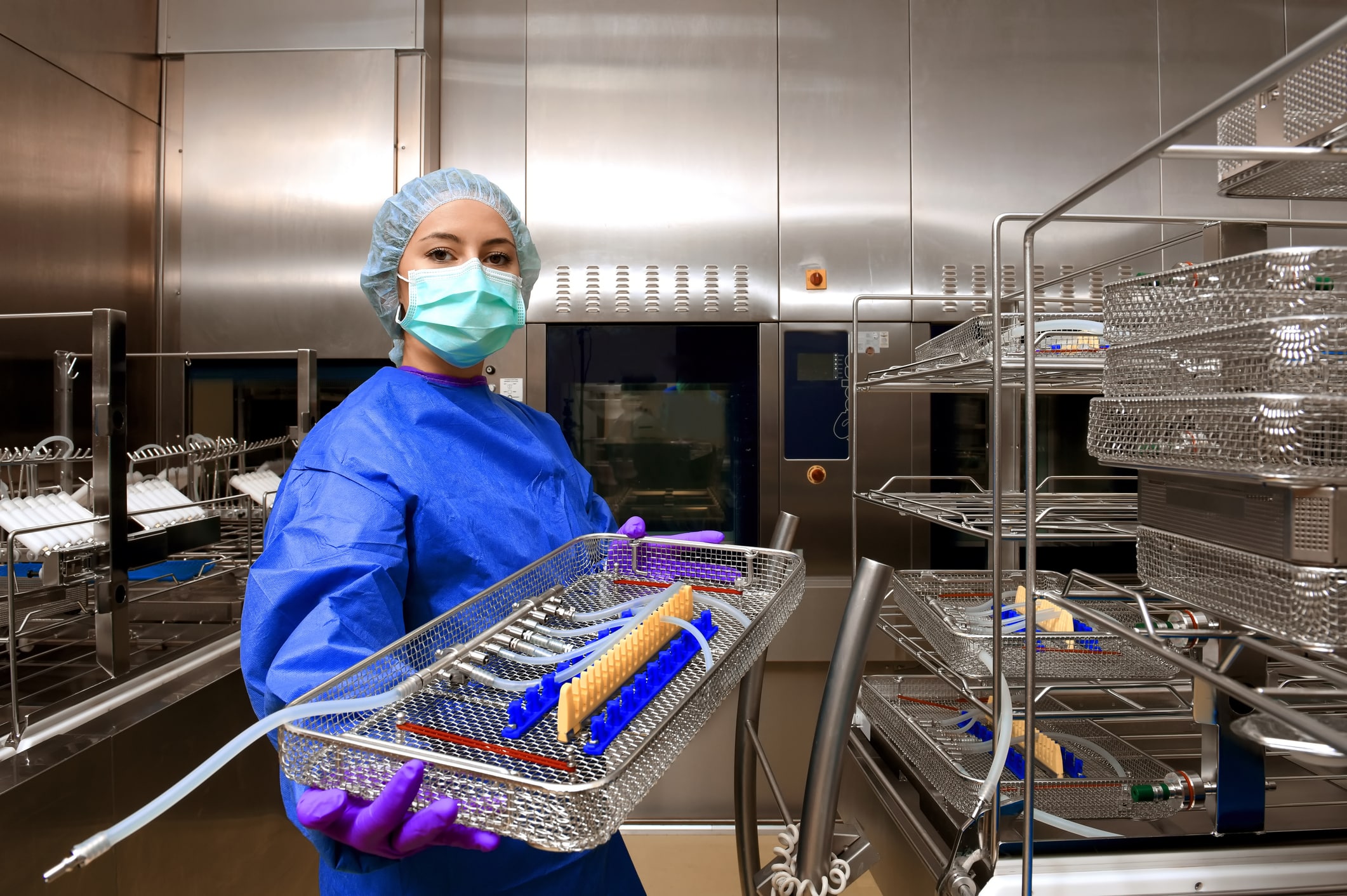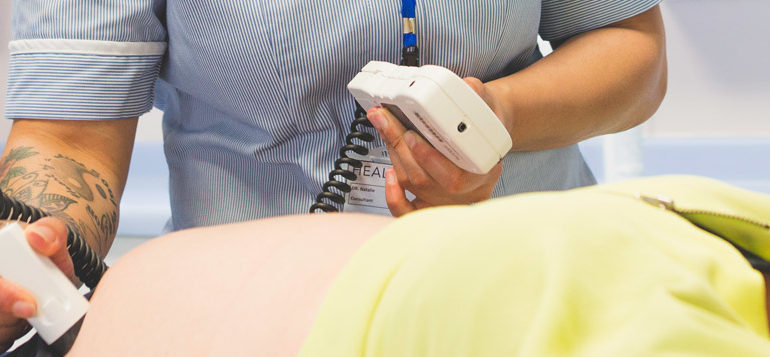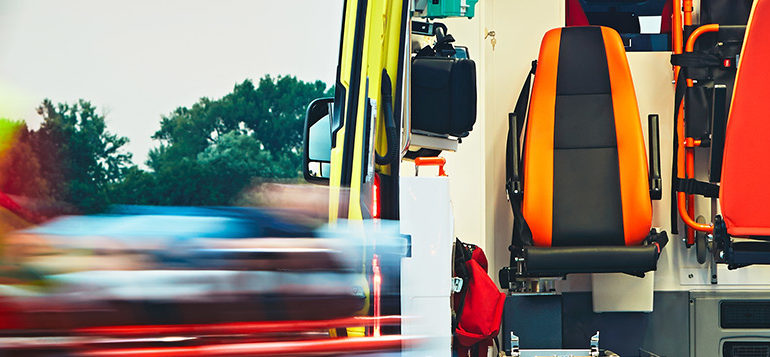Reprocessing of reusable medical devices
According to GSPR 11.1, 11.2 and 11.6 manufacturers of medical devices that are used several times during their lifetime must be able to prove that their products do not pose a risk to users and patients. This applies in particular to invasive products, but even supposedly “harmless” products can harbour a risk. Learn from us which steps help you to identify the appropriate reprocessing method and present it clearly in the instructions for use in order to also fulfil GSPR 23.4
┬Ā
Regulatory basis for reprocessing
In general, the topic of cleanliness and reprocessing is accessed via the aforementioned GSPRs 11.1, 11.2 and 11.6.
- 1: The devices and their manufacturing process shall be designed to eliminate or reduce the risk of infection to patients, users and, where appropriate, third parties. […] c) reduce any microbial leakage from the device and/or microbial exposure during use […].
- 2: Where necessary devices shall be designed to facilitate their safe cleaning, disinfection, and/or re-sterilisation.
- 6: Devices intended to be sterilised shall be manufactured and packaged in appropriate and controlled conditions and facilities.
Design and production can already do a lot to place low-germ or sterile products on the market as part of the manufacturing process.
- Cleanliness of medical devices – risk-orientated validation of cleanliness, development of acceptance criteria and selection of test methods
- Bioburden & pyrogenicity – when outer values count
However, if you look at the subject from the perspective of multiple use and a correspondingly careful interpretation, you quickly realise that no suitable standards have yet been harmonised for these GSPRs in Europe. So what to do? Well, you have to take the detour via GSPR 23.4 – points i, m and n
- (i) explain any pre-treatment or reprocessing that may be required before or during use of the device, such as sterilisation, final assembly, calibration, including the level of disinfection required to ensure patient safety and any methods available to achieve this level of disinfection;
- (m) if the device is supplied non-sterile and is intended to be sterilised before use, appropriate instructions for sterilisation;
- (n) for reusable devices, information on appropriate reprocessing procedures, e.g. for cleaning, disinfection, packaging and, where applicable, the validated procedure for re-sterilisation according to the Member State(s) where the device has been placed on the market. It must be clear how to recognise that the device should no longer be reused, e.g. signs of material wear or the maximum number of permitted reuses;
The 17664 series is harmonised for this GSPR and its sub-items:
- DIN EN ISO 17664-1:2021-11: Processing of health care products ŌĆō Information to be provided by the medical device manufacturer for the processing of medical devices ŌĆō Part 1: Critical and semi-critical medical devices
- DIN EN ISO 17664-2:2024-04: Processing of health care products ŌĆō Information to be provided by the medical device manufacturer for the processing of medical devices – Part 2: Non-critical medical devices
In the first step, they form the framework for making the corresponding information available to the operator and user. However, before the information is made available, a suitable procedure must be developed, the starting point of which is also formed by these two standards, depending on the criticality.
Depending on the target countries, various regulatory requirements, such as the following standards (European or international versions), can be considered for this validation process:
- ISO 15883-5: 2021 Washer-disinfectors – Part 5: Performance requirements and test method criteria for demonstrating cleaning efficacy
- AAMI TIR12: 2020 Designing, testing, and labelling reusable medical devices for processing in health care facilities: A guide for medical device manufacturers
- ANSI/AAMI ST98:2022 Cleaning validation of health care products – Requirements for development and validation of a cleaning process for medical devices
- ANSI/AAMI ST79: 2017 with Amendments: Comprehensive guide to steam sterilization and sterility assurance in health care facilities
In addition, country-specific requirements must also be taken into account when planning and evaluating reprocessing, for example
- FDA guidance document: Reprocessing Medical Devices in Health Care Settings: Validation Methods and Labelling, March 2015
- Hygiene requirements for the reprocessing of medical devices – Recommendation of the German Commission for Hospital Hygiene and Infection Prevention (KRINKO) at the Robert Koch Institute (RKI) and the Federal Institute for Drugs and Medical Devices in Germany (Bundesinstitut f├╝r Arzneimittel und Medizinprodukte, BfArM): 2012
Attention! As a rule, one speaks of reprocessing VALIDATION when it comes to verification. However, this is primarily specified in the harmonised standards mentioned above and must be implemented accordingly.
Particularly in the case of devices that do not come into contact with patients but require reprocessing from time to time, the focus here should be on providing evidence for GSPRs, 11.1, 11.2 and 23.4 themselves. By using an “other solution“, other ways can also be found to develop safe reprocessing.
How critical is my product to be reprocessed?
But how exactly do you assess how critical the contamination and residues on a medical device are?
And why is this so important for the further planning of reprocessing? Well, depending on the type and extent of contamination and residues identified, a reprocessing scenario is developed, which then needs to be validated / assessed.
The so-called spaulding classification is helpful in identifying criticality:
|
Non-critical |
No direct contact with the patient |
|
Only contact with intact skin |
|
|
Semi-critical |
Contact with mucous membranes |
|
Contact with non-intact skin |
|
|
Critical |
Contact with blood circulation |
|
Contact with bones |
|
|
Contact with other normally sterile body parts |
|
|
Direct introduction into the human body |
┬Ā
As a rule, the risk profile together with the selected spaulding classification and other product characteristics are used as a first step to define whether a product must be cleaned, disinfected and/or sterilised.
Furthermore, guidelines such as those issued by the KRINKO are also of interest, especially for medical devices that do not come into contact with the patient. The steps that hospitals need to validate can easily be derived from them.
The three steps of reprocessing
Once a medical device – or even an in vitro diagnostic device that could be used multiple times and become contaminated in this context – has been identified as requiring reprocessing and classified according to Spaulding, three reprocessing steps are usually considered:
Cleaning: Removal of contaminants to ensure the safety of the product.
Cleaning is often the first step to remove visible contamination. This can be done by mechanical means and is usually confirmed by visual inspection by the user. During validation, the residues of clinically relevant analytes are analysed for visual inspection. After this, however, non-visible contamination such as bacteria or viruses usually remain.
Disinfection: Process to reduce microorganisms to an acceptable level.
In the next step, disinfection, any remaining microorganisms are reduced to an acceptable level, expressed mathematically as a level of 10-3to 10-5. This means that there is still a risk of germs remaining on the product. . Depending on the classification and countryspecific requirements, disinfection can also be the last step in the reprocessing process.
Sterilisation: Process to completely remove viable microorganisms.
Semi-critical and critical medical devices in particular are sterilised after cleaning and disinfection before they are used on patients again. The aim is to achieve a reduction level of 10(-6). It is therefore assumed that no viable microorganisms such as viruses and bacteria remain on the product. This is usually necessary due to the type of contact and intensity of the product, for example to stop the spread of diseases between different treated patients.
The most common method of sterilisation within a hospital is steam sterilisation, but other methods such as radiation or EO sterilisation are also used.
Lifetime and biological evaluation as part of validation
With the changeover of certifications from MDD to MDR and the advancing state of the art, pure reprocessing validation is no longer sufficient. Lifetime and biological compatibility are also playing an increasingly important role in this area, especially for critical and semi-critical products that require frequent and intensive reprocessing.
Validation should therefore also include a clear framework for assessing product stability and performance over the entire product life cycle, as well as investigating possible negative effects on the biological risk profile caused by cleaning/disinfection agents or sterilisation.
For the sake of completeness, it should also be mentioned here that the lifetime (i.e. the product life) should not be confused with the shelf life (i.e. the period during which the product can be stored in the achieved condition until it is no longer sterile and efficient, for example). Depending on the packaging selected for the reprocessed medical device, shelf life and lifetime can be evaluated equally.
Please note that all details and listings do not claim to be complete, are without guarantee and are for information purposes only.
┬Ā




